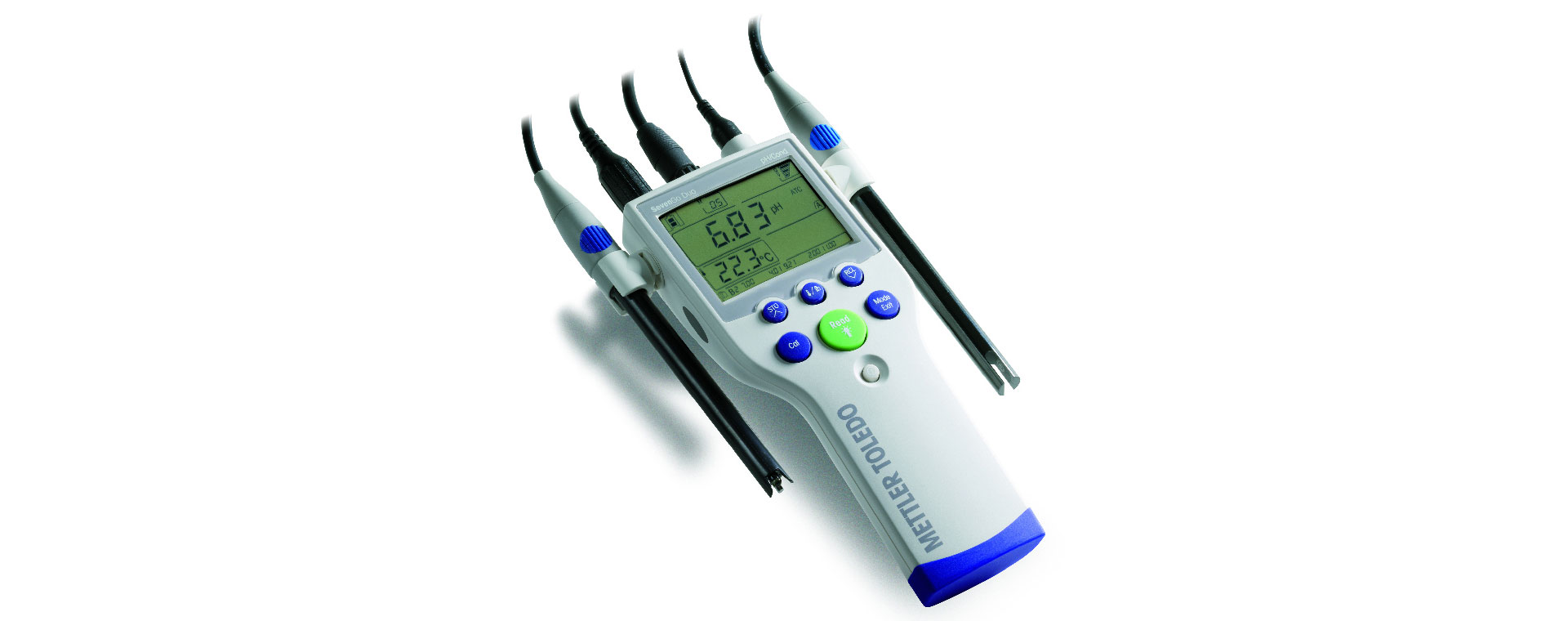There is nothing to mix or measure. Just open one sachet and your fresh solution is ready to use. Our sachets are perfect for the field and lab since no extra glassware or measuring devices are needed, and nothing needs to be washed. These single-dose sachets ensure that you have just the right amount of solution every time, preventing cross-contamination of your samples.
- Pocket size
- Freshness sealed
- Reliable, easy to use and accurate
- Traceability to NIST
- Batch-specific Certificates of Analysis included in each pack showing
- Measurement uncertainty
- pH values at various T°
- Expiry dates
- Traceability to NIST




